Citation:
| REPRINT | 249 KB |
Date Published:
Dec 22Abstract:
Adaptation to divergent ecological niches can result in speciation. Traits subject to disruptive selection that also contribute to non-random mating will facilitate speciation with gene flow. Such 'magic' or 'multiple-effect' traits may be widespread and important for generating biodiversity, but strong empirical evidence is still lacking. Although there is evidence that putative ecological traits are indeed involved in assortative mating, evidence that these same traits are under divergent selection is considerably weaker. Heliconius butterfly wing patterns are subject to positive frequency-dependent selection by predators, owing to aposematism and Mullerian mimicry, and divergent colour patterns are used by closely related species to recognize potential mates. The amenability of colour patterns to experimental manipulation, independent of other traits, presents an excellent opportunity to test their role during speciation. We conducted field experiments with artificial butterflies, designed to match natural butterflies with respect to avian vision. These were complemented with enclosure trials with live birds and real butterflies. Our experiments showed that hybrid colour-pattern phenotypes are attacked more frequently than parental forms. For the first time, we demonstrate disruptive ecological selection on a trait that also acts as a mating cue.
Notes:
doi: 10.1098/rspb.2012.1968
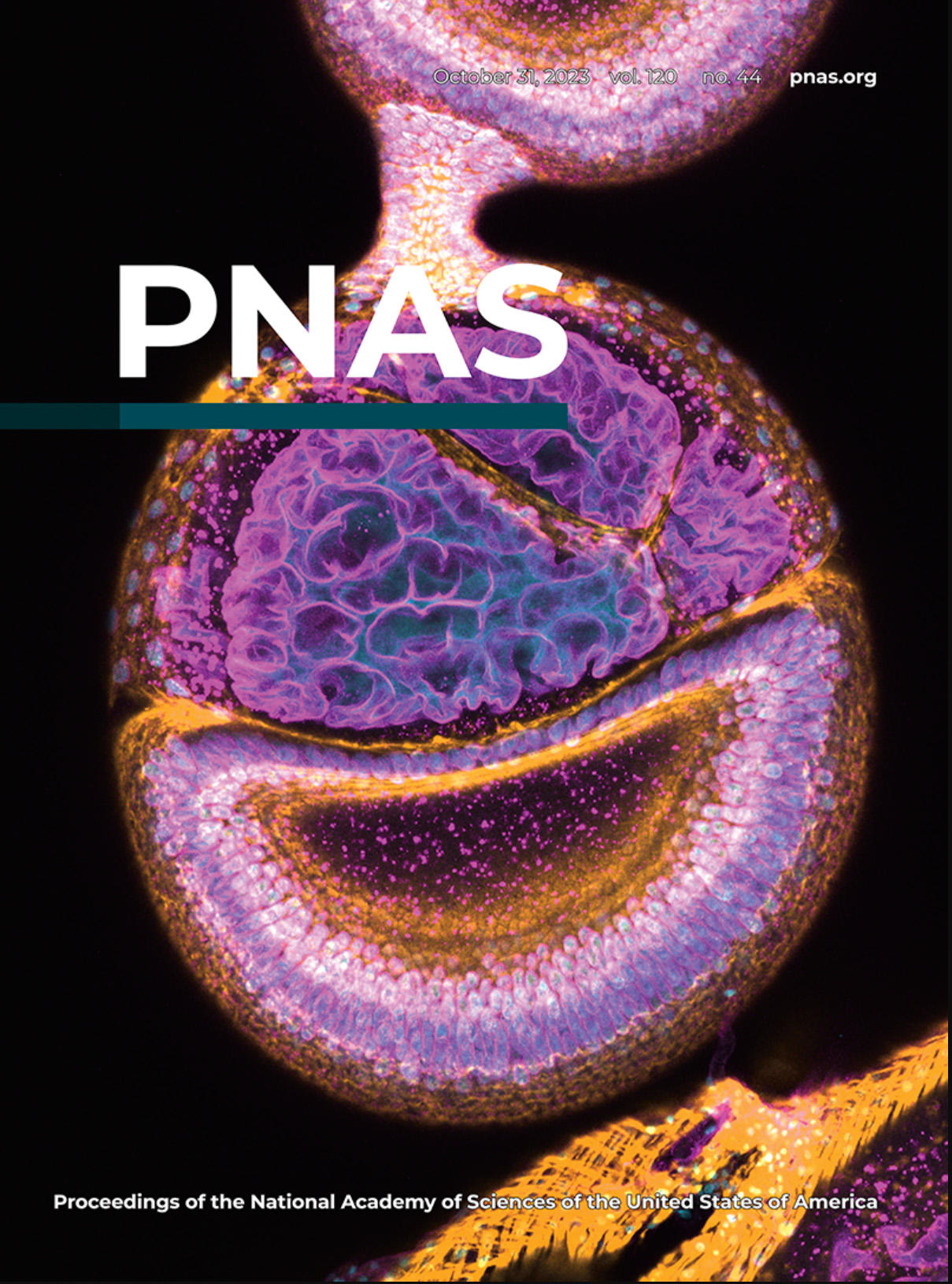
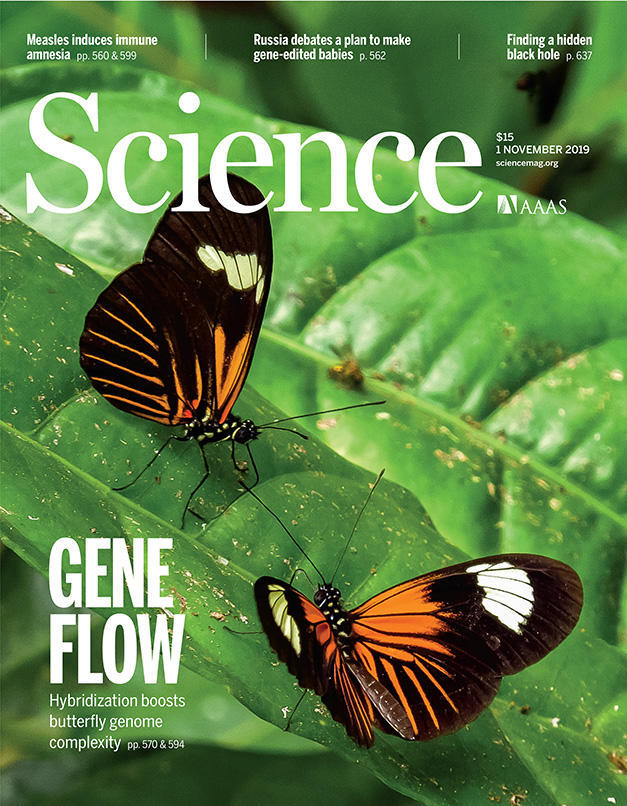
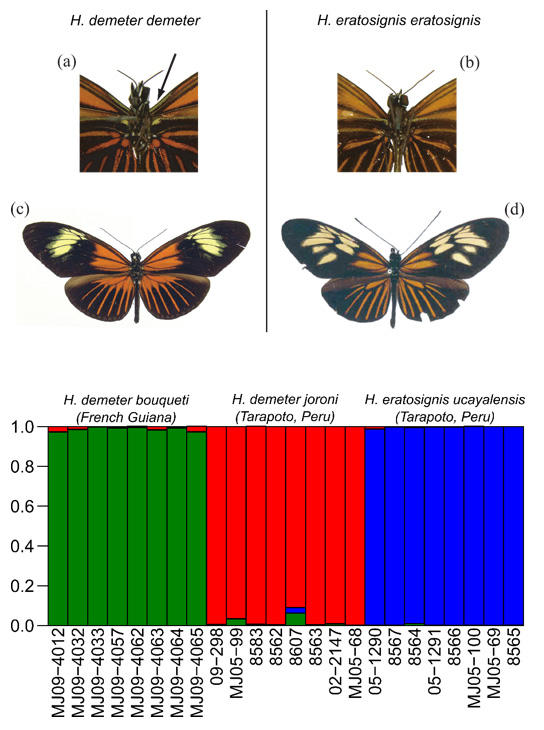

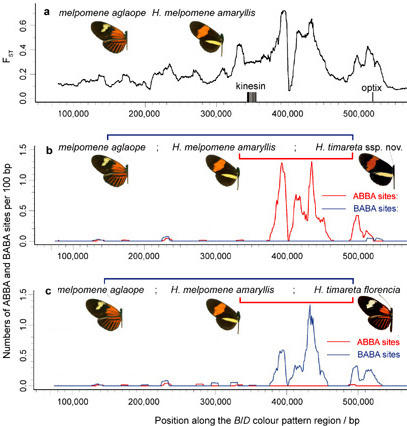
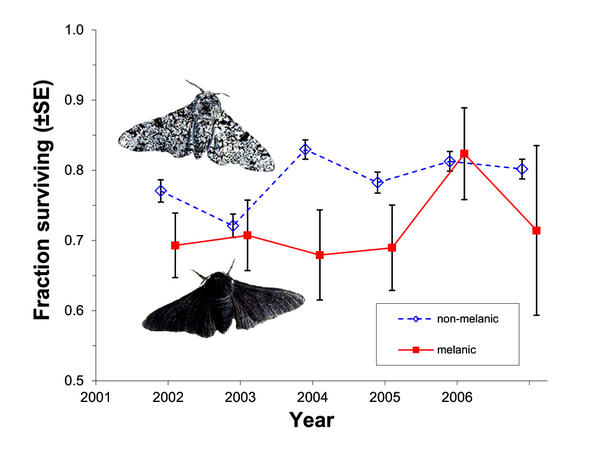 Selection against melanism in UK after the Clean Air Act.
Selection against melanism in UK after the Clean Air Act.